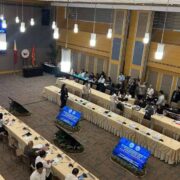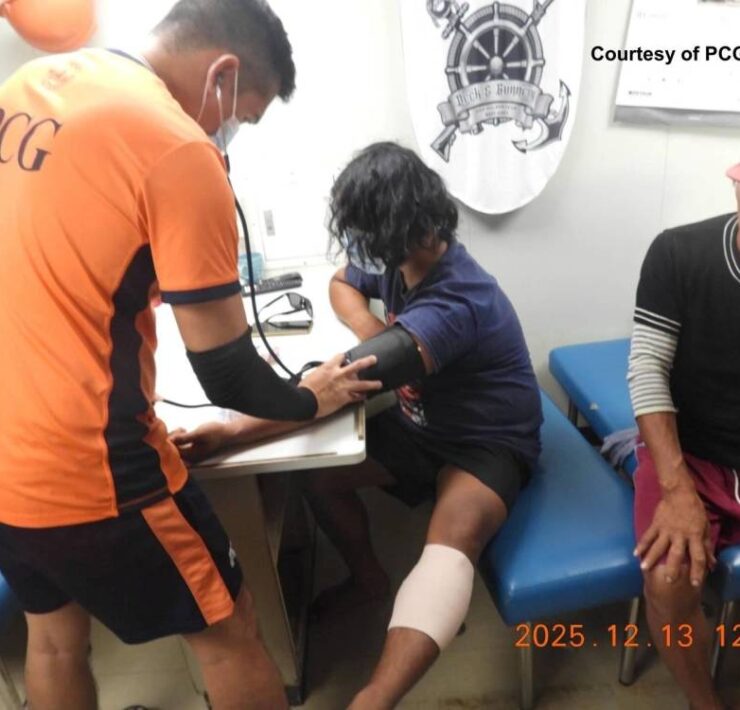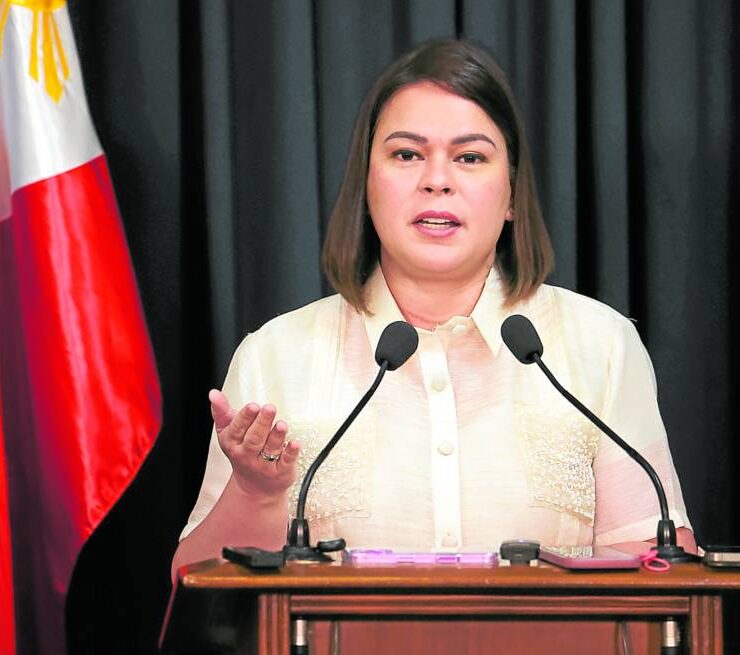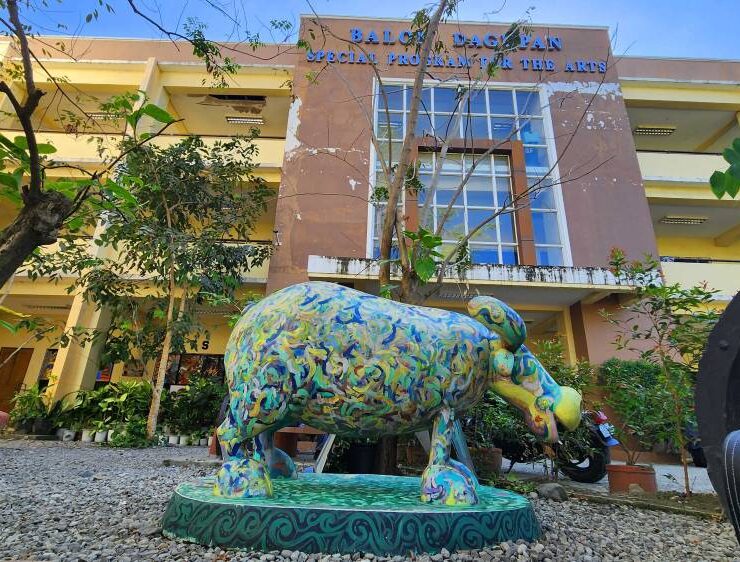LRT 1 minimum fare up from P15 to P20 in April
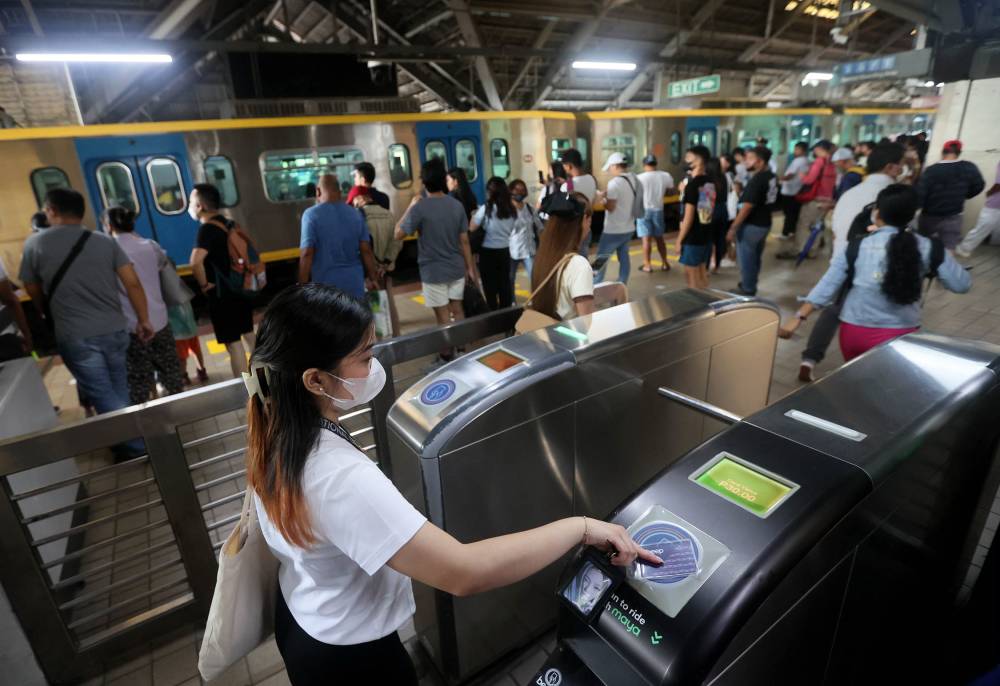
- Bad news for LRT 1 commuters: The minimum railway fare will go up by P5 from P15 to P20 starting April 2. An end-to-end ride will cost P55 from P45, while the base fare will rise to P16.25 from P13.29.
- The fare hike would help the company recover P45 billion worth of investments it had made to upgrade the railway system.
- It would improve the financial health of the company, which has accumulated a fare deficit of P2.17 billion since 2016. Under the concession agreement, fare adjustments are allowed every two years, but in the past nine years, only one was granted in 2023.
Starting on April 2, passengers of the Light Rail Transit Line 1 (LRT 1) will pay more for their rides after the Department of Transportation (DOTr) approved the fare increase petition of the railway’s private operator, which seeks to recover billions of pesos spent on train upgrades.
In an advisory on Tuesday, the Light Rail Manila Corp. (LRMC) announced that the base fare would be hiked to P16.25 from P13.29 while the additional fare per kilometer (km) would rise to P1.47 from P1.21.
An end-to-end ride would cost passengers P55, up from the current P45 while the minimum fare would increase to P20 from P15.
The fare hike petition was granted on Feb. 14.
The approved fare matrix was lower than what the LRMC had asked for. In the original petition, the LRT 1 operator wanted to increase the base fare to P18.15 and the per-km fare to P1.65.
The DOTr explained earlier that there was a possibility of the petition being approved but the hikes would be lower.
P45-B investment
LRMC president and chief executive officer Enrico Benipayo previously said the fare hike would help the company recover P45 billion worth of investments it had made to upgrade the railway system.
In November last year, the first phase of LRT 1’s Cavite extension line was opened to the riding public. It links Baclaran Station in Pasay City to Dr. Santos Station in Parañaque City.
Deficit
The remaining stations of the extension line are Las Piñas, Zapote and Niog in Cavite. Bautista previously said they were eyeing to start constructing these by 2025.
The entire railway extension is estimated to be up and running by 2031.
In addition, Benipayo said the fare hike would improve the financial health of the company, which has accumulated a fare deficit of P2.17 billion since 2016.
Under the concession agreement, Benipayo noted that fare adjustments are allowed every two years but in the past nine years, only one was granted in 2023.
Before the fare hikes approved in 2023 and this year, the last one that was green-lighted by the government for LRT 1 was in 2015. The LRMC filed petitions for fare rate adjustments in 2016, 2018, 2020 and 2022 but these were all deferred.
In reaction, two senatorial bets of the Makabayan coalition stressed the need for a “living” wage to counter the continuous rise in the prices of basic goods and services.
Jerome Adonis of the Kilusang Mayo Uno said the LRT 1 fare increase should be met with a clamor to hike the minimum wage nationwide.
He also took issue with the privatization of essential services such as public transport, including the LRT 1, with commuters ending up being burdened with higher fares “that do not translate to better services.
For Mody Floranda of transport group Piston, the fare hike was “a blatant attack on the workers and poor Filipinos who continue to tighten their belts in the midst of the worsening crisis of high costs and low wages in the country.”
He said in a statement that transport contracts should be looked into while “unfair deals” that only favored the private sector should immediately be scrapped. —WITH A REPORT FROM KATHLEEN DE VILLA







